How MOCA connects to Chinese communities?
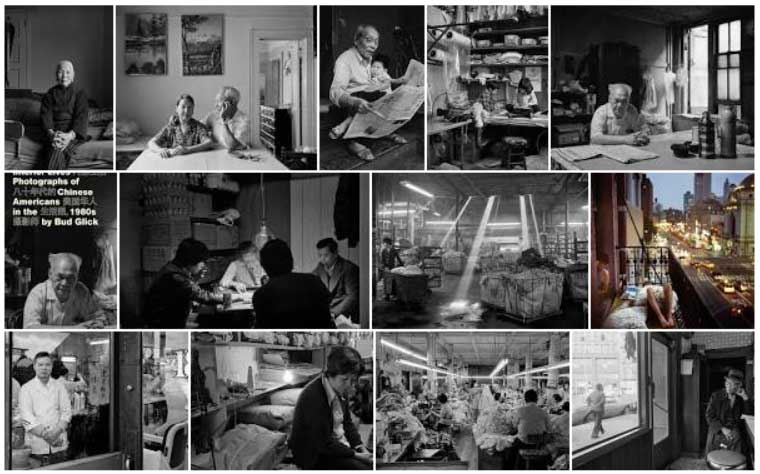
The Museum of Chinese in America (MOCA), which opened in its present space at 215 center street in New York’s Chinatown in 2009, is around ten squares from 44 east Broadway, where it started as the New York History project (NYCHP) in 1980. Here and there, the separation between the two is, at any rate, allegorically, tremendous. What started as a little, privately based, lobbyist propelled network association with a shoestring spending plan is presently a significant social foundation that is national in scope, housed in a Maya lin-planned, 15,000-square-foot space, with a $3 million yearly spending plan.
Important Update: Unfortunately, the museum lost invaluable pieces in a fire last January, read more here.
Cost-Effective Agency
KPI and Results focused. We are the most visible Marketing Agency for China. Not because of huge spending but because of our SMART Strategies. Let us help you with: E-Commerce, Search Engine Optimization, Advertising, Weibo, WeChat, WeChat Store & PR.
In different manners, nonetheless, MOCA stays consistent with NYCHP’s unique vision: in its acknowledgment of the unpredictable history and nuanced character of Chinese Americans. In reality and care with which it archives and speaks to that understanding and personality. And in its proceeding with exertion to make, in the expressions of MOCA’s fellow benefactor, John Kuo Wei Tchen, a “dialogic exhibition hall.” that is, one characterized by “a work procedure where documentation, which means, and re-introduction is recognized to be co-created with those whom the history is of, for, and about.” sustaining these qualities inside the setting of changing conditions lies at the center of MOCA’s development over its thirty-seven-year history.
MOCA, more than just history

MOCA follows its starting points to the basement workshop. An expression arranged network association established in 1970 in New York’s Chinatown as a component of the contemporary Asian American development for acknowledgment, rights, and political force. It was there that Tchen, who worked at the basement’s Asian American resource center, and Charles Lai, who was running a growing occupations program and turned into MOCA’s fellow benefactor, initially met.
These were long periods of progress for Chinatown, with significant ramifications for the early association. The Chinese exclusion act of 1882, which had banished everything except a couple of exclusive Chinese from entering the united states, had been revoked in 1943. However, some had figured out how to escape the demonstration’s strictures, not until the section of the immigration act of 1965 was the selective breeding motivated share framework, which had permitted an unimportant 105 Chinese lawful passage into the united states yearly, abrogated.
The 80s: a call for equality of rights from the American Chinese community
By the 1980s at that point, the more established age of Chinese Americans, who had to endure the bigotry of the avoidance time, was kicking the bucket, abandoning many years of generally unrecorded history. Even as a large number of more youthful Chinese, regularly oblivious of that history, were moving to the united states. Reporting this history in this way turned into the NYCHP’s main impetus. Chen states: “on my, every day strolls through the roads of Chinatown, I would find astounding things hurled in the trash: a calfskin case with woven Chinese shoes; letters and photos dated from the 1930s. Chinese indications of an end retail facade left stranded; a single photo of an obscure man; thus significantly more.” He and others began recovering these material hints of the past, at times truly dumpster plunging to do as such, and leading exploration that built up a more significant setting for them.
Name a Chinese American verifiable saint. Not a chance? One should of Asian American plummet? As yet battling? You ought to be, said museum of Chinese in America (MOCA) President Nancy Yao Maasbach in the first experience with her historical center’s present show.
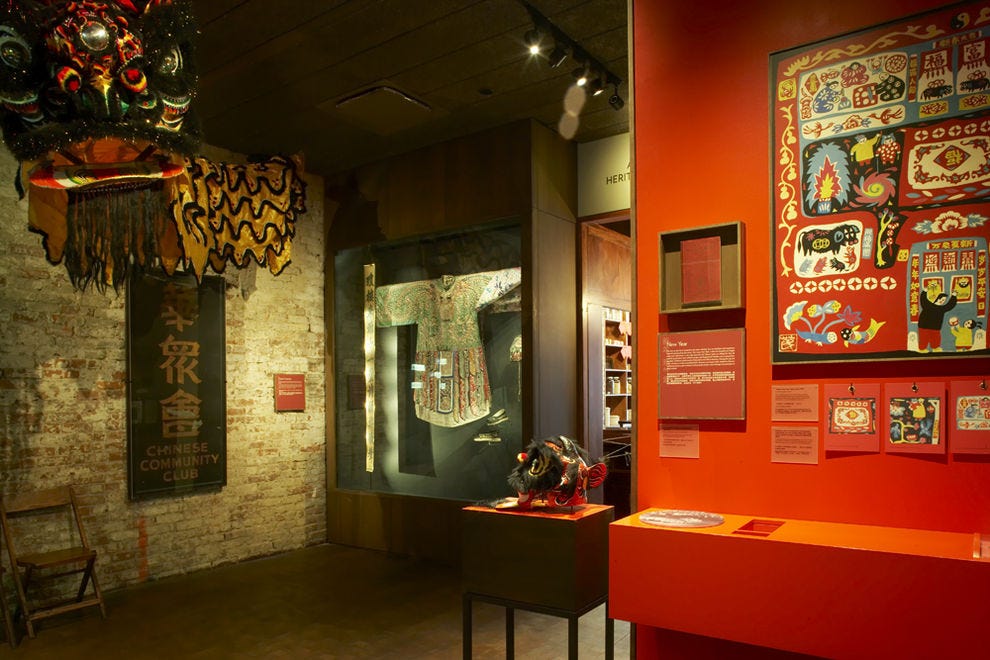
She was talking in the exhibition hall’s tranquil glass chamber only a square or two away from the clamor of canal street in new York city’s Chinatown. Since migrating ten years prior, MOCA has unwaveringly shone a focus on the many accounts of Chinese people group inside the US. It is a vigorous endeavor to repay where history books fall flat — and one that has come into sharp center this year during the 150th commemoration of the transcontinental railway.
An Exhibition to promote the hard work of the Chinese community in the US
The show on this point, the Chinese helped build the railroad — the railroad helped build America, is a photographic investigation of a disregarded achievement in American history and the workers that made it conceivable. The 2,000-mile railroad tracks turned into a critical financial component for an asset-rich country by decreasing the expense of traverse 80 percent. However, unfortunately, the 12,000 or more Chinese workers who were instrumental in achieving this accomplishment (a large number of whom were enlisted through field workplaces in what is today Guangzhou territory) have never been appropriately recognized, consequently this phenomenal show. The arranged celebratory photo from 1869 of the gathering of the two railroad workgroups makes this point powerfully clear; there is certainly not a solitary Chinese face recorded for descendants.
Close by this presentation. The exhibition hall has additionally attempted a novel task that praises these rail laborers. Swapping out scoops and stakes for shoes, MOCA rethought the herculean errand of building the transcontinental railway by enrolling 1,500 sprinters to run across the nation over a multi-daytime span. Since April, members have run more than 190,000 miles in a planned exertion that will come full circle on November 3 at the New York City marathon.
A significant piece of MOCA’s push to stamp the commemoration through this display and its related occasions was to unite the various influxes of Chinese settlers inside the US. “we needed to interface late settlers who have better methods, and better instruction with prior workers to state thank you,” says Yao Maasbach. Right now, in us-china relations, this noteworthy reflection appears past due as well as relevant.
Moca: a call for recognition
The craving to produce discussion is additionally manifested in MOCA’s latest activities to develop the association between the city’s Chinatown, the two bridges neighborhoods, and the historical center. It has propelled a “pay what you wish” confirmation arrangement for zone occupants just as an award program that offers free space for as long as 20 hours to nearby non-benefit associations for gatherings. “MOCA is an indispensable spine to this network,” says Eric Y. Ng, President of the Chinese Consolidated Benevolent Association of New York (CCBA-NY), “It is where our accounts and history can be shared inside Chinatown and with the world.” Based on their ongoing projects, “network” is undoubtedly an idea MOCA thinks about profoundly.



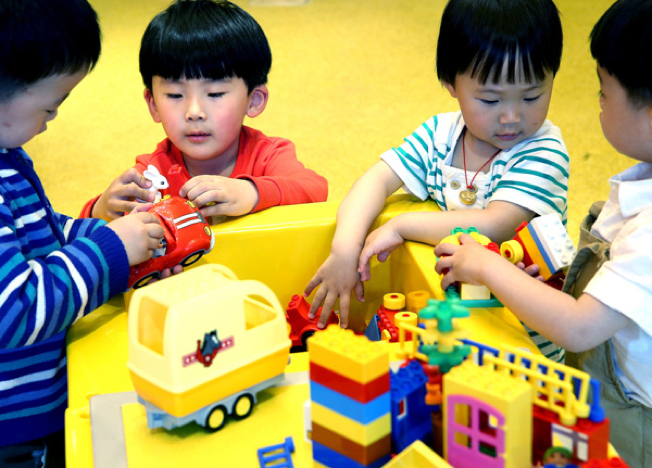
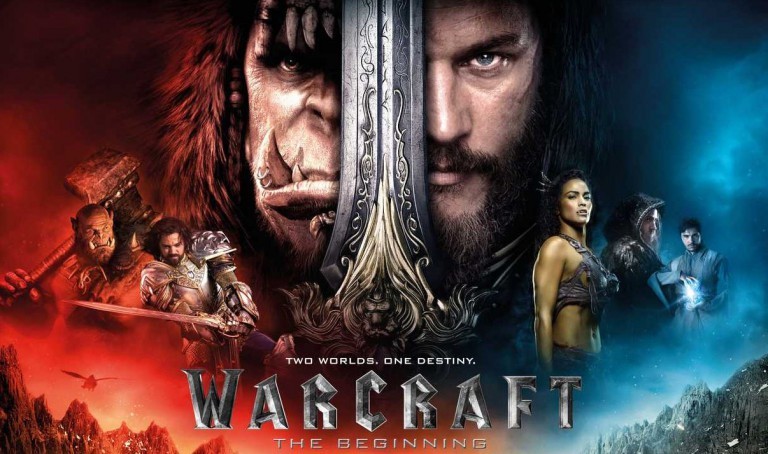
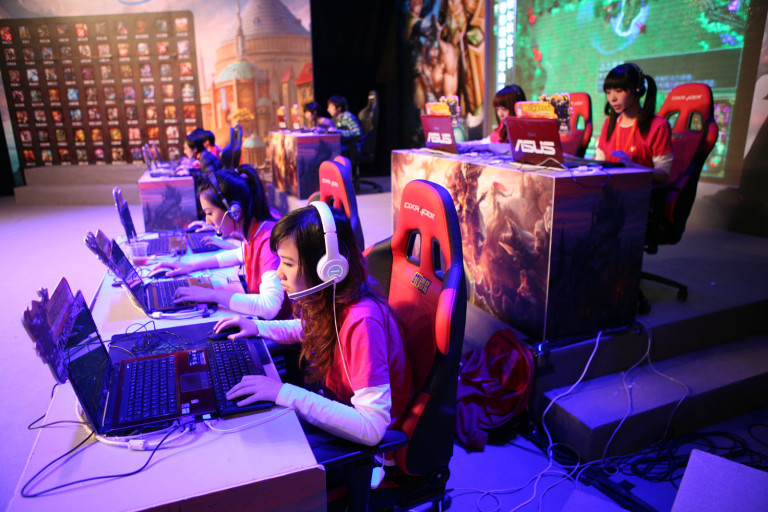
A nice way for a museum to connect to Chinese communities. I believe that doing this in the US can only be positive, it’s about the history of a world giant after all!
I saw some pictures about it in the press and people are getting interested in it not only because it’s new, but also because China’s history is closely related to the US’.